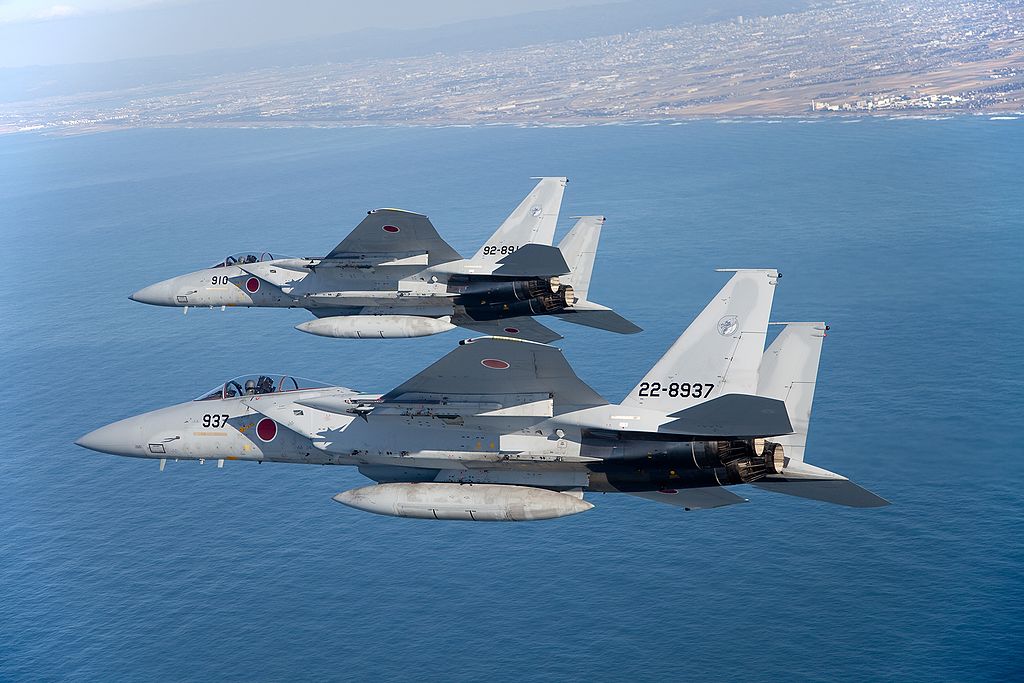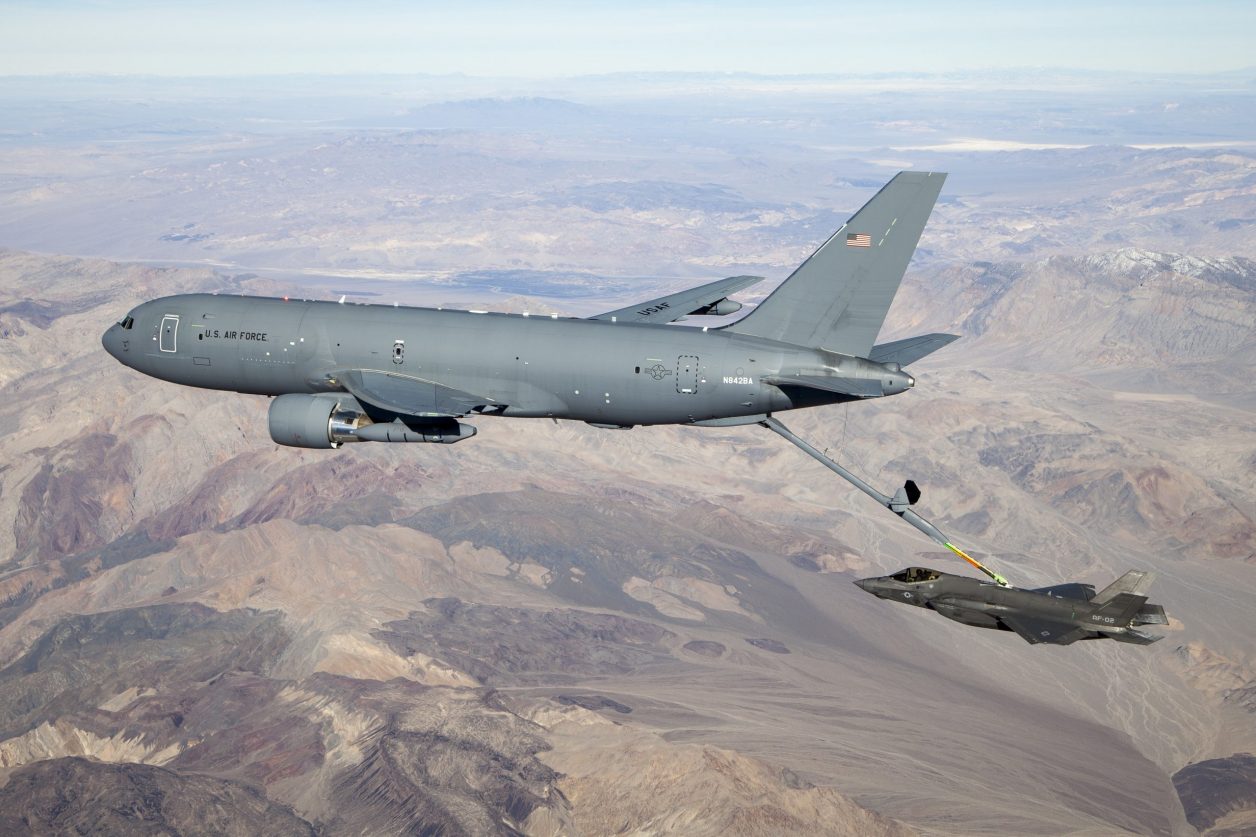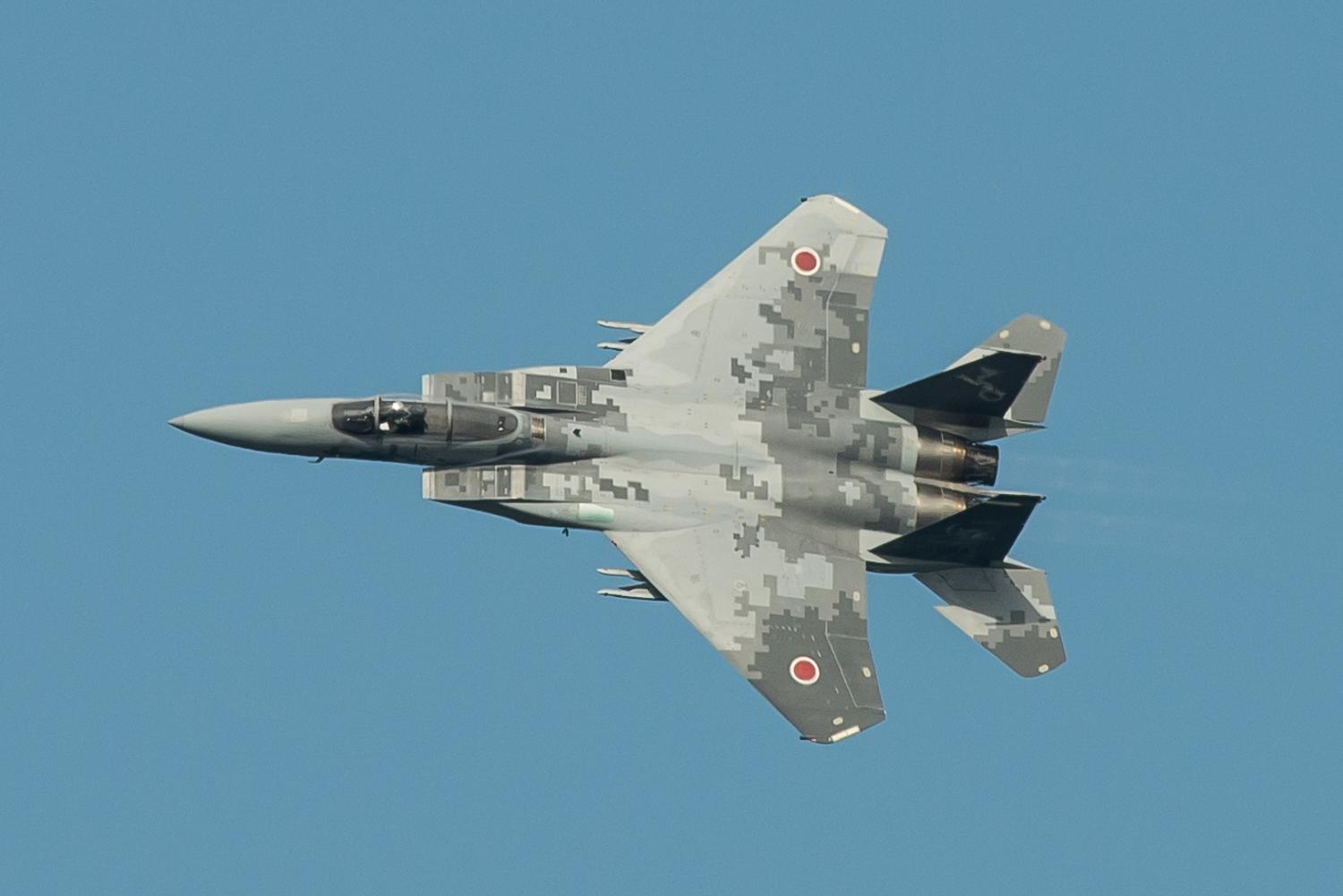Australia and Japan are two important planks of wider Indo-Pacific policy that aim to counterbalance China’s growing power in the region. Recently, the air forces of the two countries demonstrated a breakthrough in interoperability by carrying out refueling operations mid-air.
The Royal Australian Air Force (RAAF) conducted its first-ever air-to-air refueling flight test with the Japan Air Self-Defense Force for the first time, read a statement from the Defense.
A RAAF KC-30A Multi-Role Tanker Transport (MRTT) and JASDF Mitsubishi F-2 aircraft were participating in the flight test engineering program in Japan, which ran from April 4 to 27.
Air Vice-Marshal Darren Goldie, Australia’s Air Commander, said the successful flight test program would help both countries’ bilateral engagement has become more complicated and sophisticated.
“Our ability to work seamlessly together will ensure we can continue to uphold and reinforce a secure, inclusive, and resilient Indo-Pacific region,” Air Vice-Marshal Goldie said.
“This flight test program is the culmination of two years of close cooperation between Australia’s Aircraft Research and Development Unit (ARDU), and the JASDF Air Development and Test Wing (ADTW).

Earlier in March, the KC-30A multi-role tanker transport (MRTT) of the Royal Australian Air Force (RAAF) completed the first-ever air-to-air refueling (AAR) with the US Navy’s P-8A patrol aircraft. It was the first-ever AAR between the two aircraft in an operational setting.
.@USNavy P-8A #Pilots from #VP47 conduct the first ever air refueling with an @AusAirForce KC-30A. ??–?? #FreeAndOpenIndoPacific #FriendsPartnersAllies @flynavy pic.twitter.com/bIDDgdzMoW
— U.S. Indo-Pacific Command (@INDOPACOM) March 24, 2022
The attempt by China to negotiate a security agreement with the Solomon Islands, increased military patrols near the Senkaku Islands, and excessive displays of force toward Taiwan is the security risks that have compelled the two middle powers of Australia and Japan to enhance joint military preparedness and interoperability.
From RAAF Base Amberley in Queensland, the RAAF runs a fleet of seven KC-30As, each capable of carrying more than 100 tons of fuel and refueling any compatible aircraft.
RAAF-JASDF Bonhomie
Wing Commander Alison Spark, the Australian Embassy’s Air Attaché in Japan, stated the KC-30A was based at Komaki Air Base near Nagoya, where the JASDF’s own KC-767 tanker transport aircraft is based.
When deployed, the ARBS can extend to 19 meters and is controlled by an air refueling operator in the KC-30A’s cockpit using fly-by-wire controls. The flight tests were closely observed by the refueling operator, as well as the F-2’s crew and a chase aircraft, using 3D display screens.
“Over a series of flights, aircrew and engineers ensure the mechanical compatibility between these systems, and that both aircraft can be flown safely in a range of configurations and lighting conditions,” Wing Commander Spark said.

Nine flights between the KC-30A and the F-2 were conducted in a variety of situations, including daylight, dusk, and night. To ensure that the aircraft could be securely refueled during various missions, the F-2 flew in a range of configurations, from carrying no external stores to carrying fuel tanks and external stores.
Airbus Military designed and built the KC-30A Multi-Role Tanker Transport (MRTT) to provide aerial refueling and strategic tanker/transport services for the Royal Australian Air Force (RAAF).
No. 33 Squadron of the Royal Australian Air Force operates the KC-30A aircraft from RAAF Base Amberley to provide air-to-air refueling for air combat to extend flying time and range.
The planes are being updated to acquire ultimate operational capability and to refuel E-7A Wedgetail Airborne early warning and control aircraft, C-17A Globemaster, and other KC-30As. The aircraft would also fuel the F-35.
It has two all-electric under-wing refueling pods and a 90-foot hose-and-drogue system for refueling probe-equipped aircraft at a flow rate of 2,810lb/min. It also has an 8,040lb/min flow rate universal aerial refueling receptacle slipway installation (UARRSI).
Up to 14 LD3 containers or four 463L military pallets can be stored in the front cargo hold, while 12 LD3 containers or four 463L military pallets can be stored in the aft cargo hold.

Australia-Japan In The Indo-Pacific
Australia and Japan, two major democracies and economic powers have formed a Special Strategic Partnership to strengthen their respective defense capabilities, as well as signed a Reciprocal Access Agreement, which improves the interoperability of the two countries’ security forces by allowing military personnel to deploy in each other’s territory and carry advanced weaponry.
Furthermore, the annual Foreign and Defense Ministers (2+2) meetings have bolstered the Australia–Japan relationship as Asia’s closest and most mature. These agreements are crucial in deterring China and complementing the “hub and spoke” concept of American forces operating bilaterally with Indo-Pacific allies.
“Australia and Japan are resident powers in the Indo-Pacific and face similar security and strategic challenges. Yet instead of relying excessively on the United States, they should become a more regional force—a regional hub rather than just the spokes.

Despite the possibility of the deployment of American forces to the region, Australia and Japan should act as a regional shield to maintain the balance of power in the Indo-Pacific”, writes Dalbir Ahlawat, senior lecturer at the Department of Security Studies and Criminology, Macquarie University, Australia for the National Interest.
Japan’s participation in Exercise Pitch Black 2022, which will take place in the Northern Territory this August, will be aided by the flight test program.
Even though the US is the leader in what is the Indo-Pacific arrangement, it will bid for Japan and Australia as middle powers to evolve more mechanisms to ensure their security against a common adversary.
- Contact the author at sakshi.tiwari9555@gmail.com
- Follow EurAsian Times on Google News




